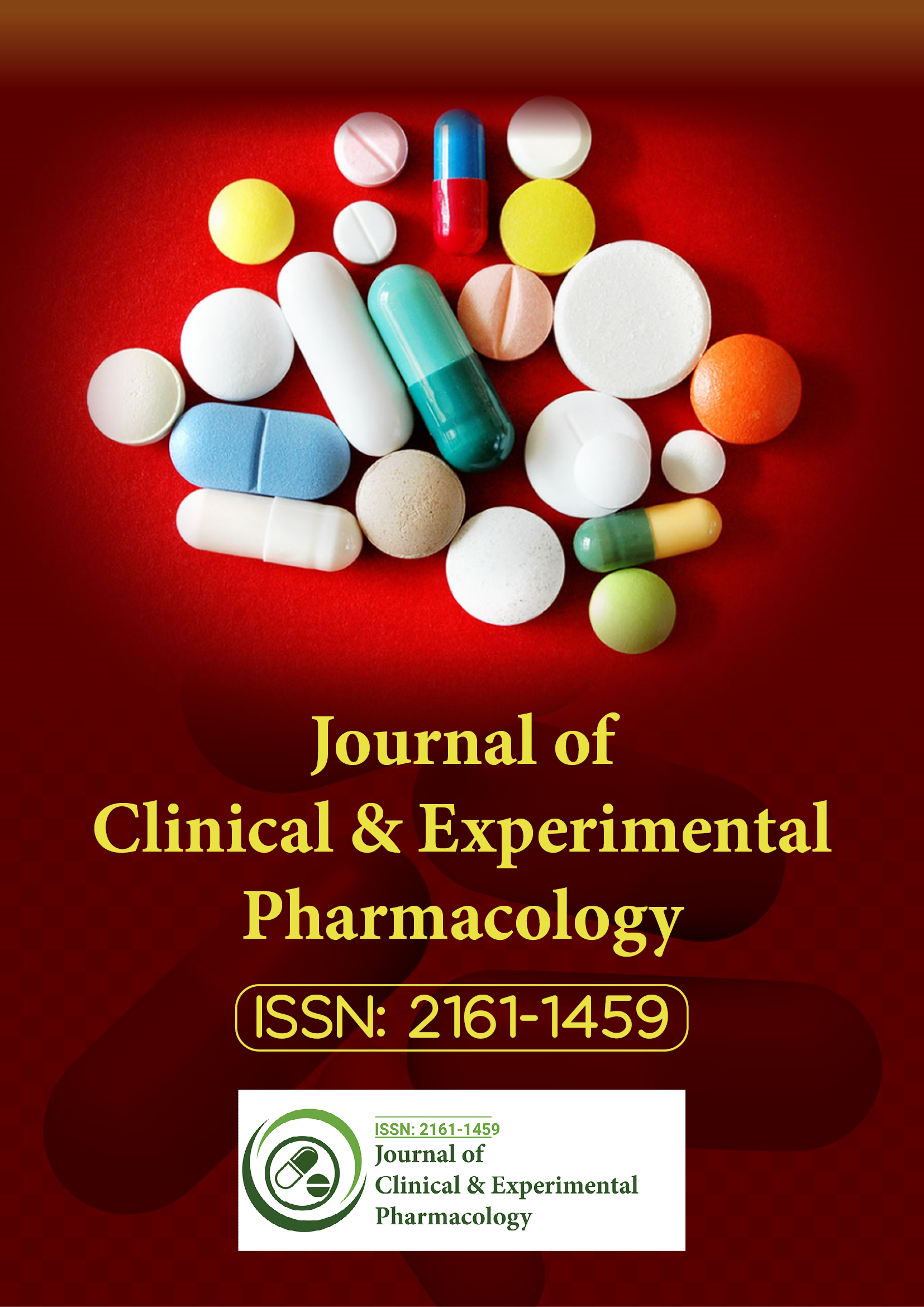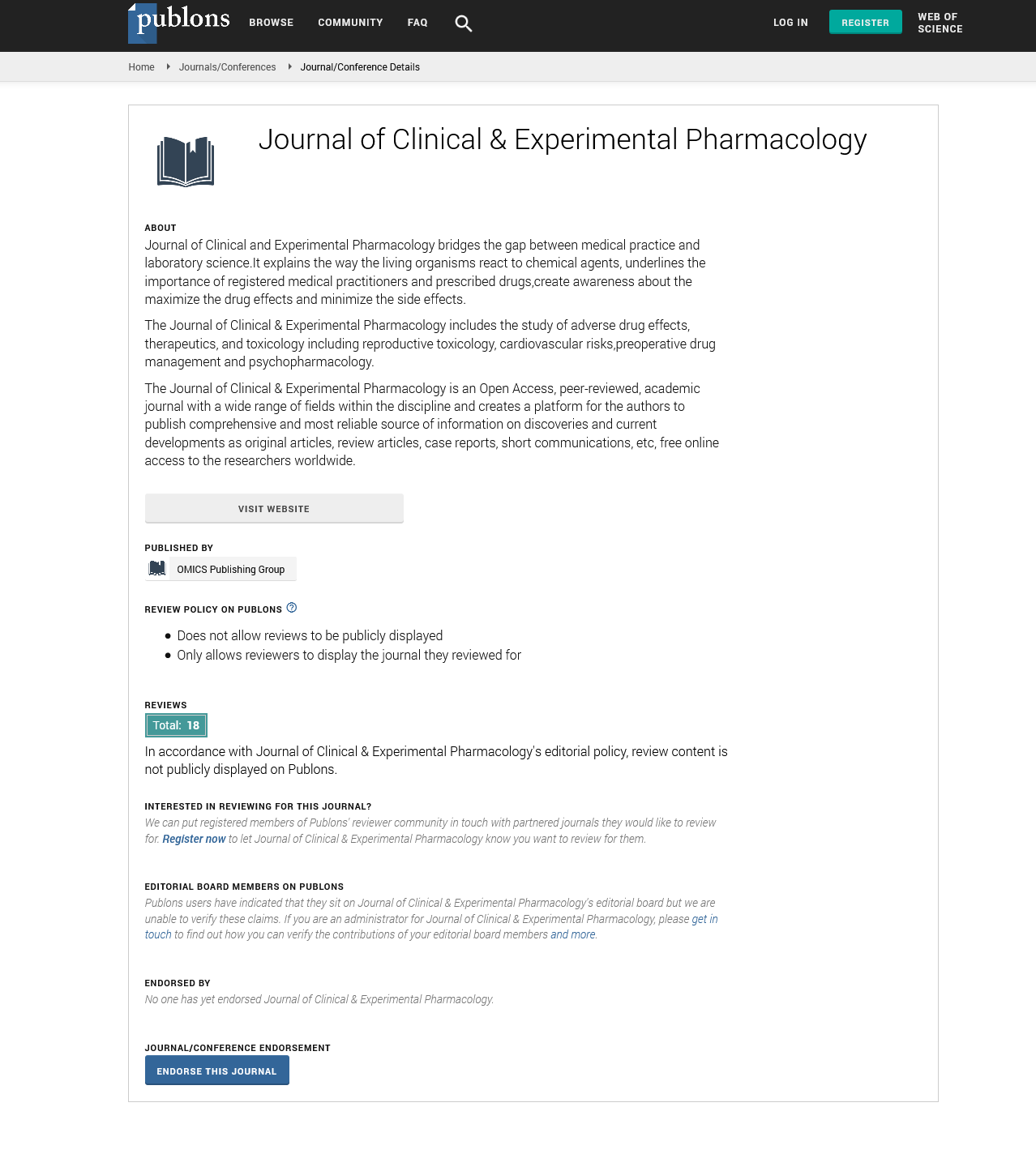Indexed In
- Open J Gate
- Genamics JournalSeek
- China National Knowledge Infrastructure (CNKI)
- Ulrich's Periodicals Directory
- RefSeek
- Hamdard University
- EBSCO A-Z
- OCLC- WorldCat
- Publons
- Google Scholar
Useful Links
Share This Page
Journal Flyer

Open Access Journals
- Agri and Aquaculture
- Biochemistry
- Bioinformatics & Systems Biology
- Business & Management
- Chemistry
- Clinical Sciences
- Engineering
- Food & Nutrition
- General Science
- Genetics & Molecular Biology
- Immunology & Microbiology
- Medical Sciences
- Neuroscience & Psychology
- Nursing & Health Care
- Pharmaceutical Sciences
Editorial - (2021) Volume 0, Issue 0
A Brief Note on Medical Radio-Compounds
Ronald Hersey*Received: 04-Nov-2021 Published: 25-Nov-2021
Editorial Note
Radio-pharmacology is the application of radiochemistry to medicine, as well as the pharmacy of radiopharmaceuticals (medicinal radiocompounds, that is, pharmaceutical drugs that are radioactive). Radiopharmaceuticals are employed as radioactive tracers in medical imaging and therapy for a variety of disorders in nuclear medicine (for example, brachytherapy).Numerous radiopharmaceuticals use technetium-9 m (Tc-9 m), a g amma-emitting tracer nuclide with many beneficial features. There are 31 distinct Tc-9 m-based radiopharmaceuticals listed in the book Technetium for imaging and functional examinations of the brain, myocardial, thyroid, lungs, liver, gallbladder, kidneys, skeleton, blood, and tumors.
The term radioisotope has long been used to refer to all radiopharmaceuticals, despite the fact that the term refers to any radioactive isotope (radionuclide) in its broadest terms. Many radiopharmaceuticals, on the other hand, combine a radioactive tracer atom into a larger pharmaceutically active molecule that is localized in the body, after which the radionuclide tracer atom allows it to be easily spotted with a gamma camera or other gamma imaging instrument. Fludeoxyglucose is an example of fluorine-18 integrated into deoxyglucose. Some radioisotopes (such as gallium-67, gallium-68, and radioiodine) are employed as soluble ionic salts without being further processed. To localize the radioisotope within the body, this methodology depends on the chemical and biological properties of the radioisotope.
A radiopharmaceutical is created by two steps:
• The radioisotope on which the pharmaceutical is based is created.
• The full radiopharmaceutical is prepared and packaged.
Radiopharmaceutical radionuclides are generally radioactive isotopes of elements with atomic numbers less than bismuth, that is, radioactive isotopes of elements with one or more stable isotopes.
These can be divided into two categories:
• Proton-deficient nuclei have more neutrons in the nucleus than are required for stability, and thus are the easiest to manufacture in a nuclear reactor. Because the bulk of radiopharmaceuticals are based on proton-deficient isotopes,with technetium-9m being the most often used medical isotope, medical radioisotopes are mostly produced by nuclear reactors.
• Neutron-deficient nuclei have fewer neutrons in the nucleus than are required for stability, and they're the easiest to make with a nuclear reactor.
Because radioisotopes require special licensing and handling skills, they are frequently housed in radio pharmacies, which are local centers for medical radioisotope storage. They may be dispensed by a radio pharmacist to local facilities, where they are handled by the practical medicine facility.
There is standardization of drug nomenclature for radiopharmaceuticals, just as there is for other pharmaceutical medications, though different standards coexist. The radioisotope (as mass number, no space, element symbol) in parenthesis with no superscript is followed by the ligand in the International Nonproprietary Name (INN). Because chemical terminology (such as IUPAC nomenclature) employs square brackets and superscript, it's usual to see them superimposed on the INN name. The USP name includes the basic drug name, followed by the radioisotope (as element symbol, space, and mass number) with no parentheses, hyphen, or superscript, and finally the ligand. Despite certain publications' claims to the contrary, the USP and INN styles are not the same (AMA, whose style for radiopharmaceuticals matches the USP style). The USAN Council is sponsored by the United States Pharmacopeial Convention, and the USAN for a given medicine is often the same as the USP name.
Citation: Hersey R (2021) A Brief Note on Medical Radio-Compounds. J Clin Exp Pharmacol. S11: e009.
Copyright: © 2021 Hersey R. This is an open-access article distributed under the terms of the Creative Commons Attribution License, which permits unrestricted use, distribution, and reproduction in any medium, provided the original author and source are credited.

